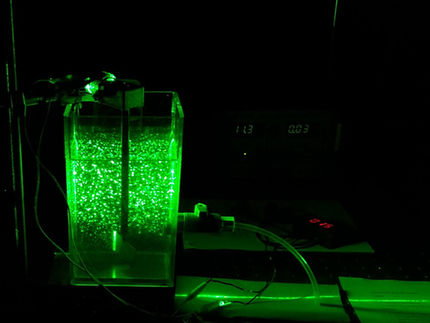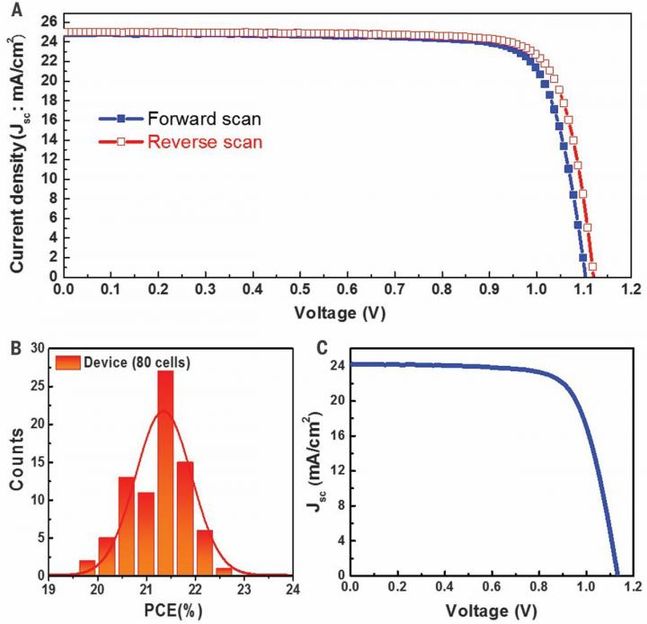Researchers question emergency water treatment guidelines
Advertisement
The environmental protection Agency's (EPA's) recommendations for treating water after a natural disaster or other emergencies call for more chlorine bleach than is necessary to kill disease-causing pathogens and are often impractical to carry out, a new study has found. The authors of the report, which appears in the ACS journal Environmental Science & Technology, suggest that the agency review and revise its guidelines.
Daniele Lantagne, who was at the Centers for Disease Control and Prevention (CDC) at the time of the study and is now at Tufts University, and colleagues note that after natural disasters such as floods, clean water can be scarce. To prevent the spread of water-borne illnesses, the EPA currently recommends "bottle, boil, bleach" in case of a water emergency. That is, people should turn to bottled water as a first resort. If that's not an option, then they should boil available water to disinfect it. As a last resort, they should add "1/8 teaspoon (or 8 drops) of regular, unscented, liquid household bleach for each gallon of water." But, as the researchers point out, 1/8 of a teaspoon is not the same as 8 drops. And both amounts are higher than CDC and World Health Organization recommendations. To further evaluate the guidelines, the team tested different bleach treatment levels at six households around the country using water from various sources.
They found that the range of EPA-recommended doses (8 drops to 1/8 of a teaspoon) were higher than necessary to kill disease-causing pathogens in the samples. In a related project, they reported that even if the guideline were lowered, many people they surveyed would not be able to carry it out. None had the right kind of bleach in the house, and few had the correct measuring devices. The researchers recommend a revision of EPA guidelines and more research into more practical water treatment products.
Most read news
Organizations
Other news from the department science

Get the chemical industry in your inbox
By submitting this form you agree that LUMITOS AG will send you the newsletter(s) selected above by email. Your data will not be passed on to third parties. Your data will be stored and processed in accordance with our data protection regulations. LUMITOS may contact you by email for the purpose of advertising or market and opinion surveys. You can revoke your consent at any time without giving reasons to LUMITOS AG, Ernst-Augustin-Str. 2, 12489 Berlin, Germany or by e-mail at revoke@lumitos.com with effect for the future. In addition, each email contains a link to unsubscribe from the corresponding newsletter.





























































